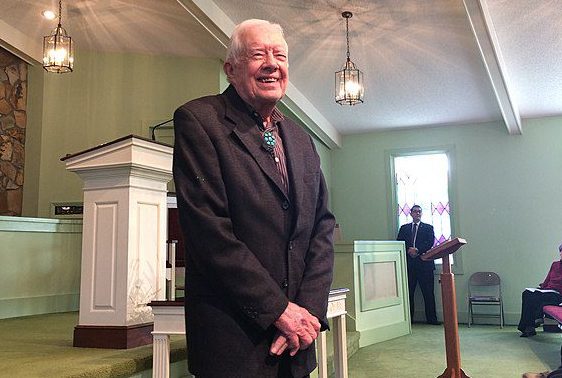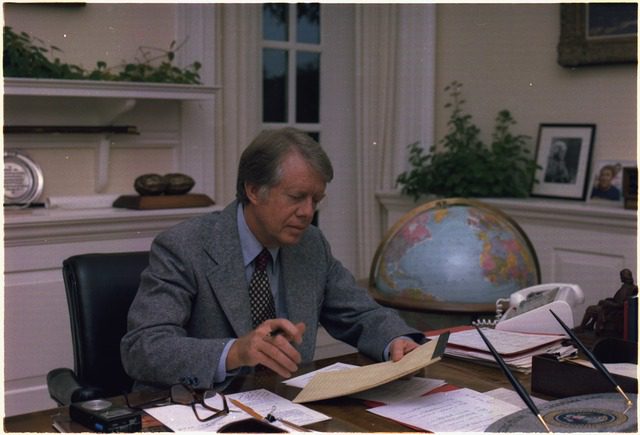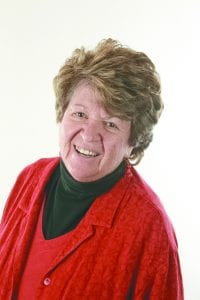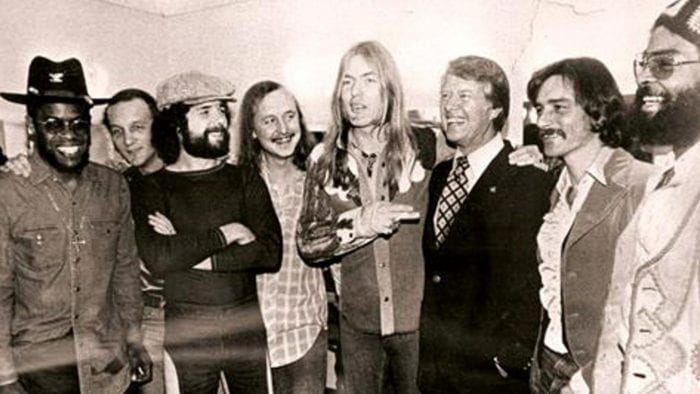By Fr. Francis Pizzarelli
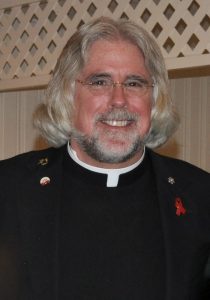
The year 2025 has already begun. New Year’s Eve was marked by a terrible act of senseless violence in New Orleans; killing and hurting many innocent people who were celebrating the dawn of a new year.
Despite that horrific act of violence, the country has been blessed with countless acts of kindness and generosity. Even locally our community has been blessed with countless people constantly thinking of others.
On December 29, 2024, one of the greatest humanitarian, world leaders of our time died at the age of 100. Jimmy Carter was the 39th president of the United States. He is known more for what he has done since he left the presidency then when he was president. When I heard he had passed, I stopped to think of where was I when he was elected president in November of 1976. I was finishing my graduate studies for the priesthood at the Catholic University of America in Washington D.C. and was teaching and assistant principal of a small Catholic school. Those were wonderful years for me.
I was the seventh and eighth grade basketball coach and the assistant principal in charge of the junior high division of a struggling Catholic school. I learned so much from those years in the classroom and working with my students, many of whom still reach out and drop me a line to let me know how they’re doing and what they’re doing.
Carter was such a powerful role model for me. He was so committed to his faith, to social justice, to peace and to the respect for all humanity. He did not just talk the talk; he walked the walk. He was a constant voice for human rights and respect for all humanity. His power of example inspired many of us to work to become the best versions of ourselves and for those of us in leadership, whether big or small, his power of example should inspire us to do more for the sake of others.
A new year has just begun; the chaos and polarization continues. As our former president begins a second term as our newly elected president, let’s hope he and his team can build bridges and not walls.
Let’s work harder at respect and collaboration, truth and honesty, respect and integrity. May 2025 be a year of new beginnings, new relationships, new friendships. May this new year empower us to work hard at unity and respect for the dignity of all people, no matter what their race, color, gender, sexual orientation, social status, or ethnicity.
May our religious leaders have the courage to speak out about injustice, hate, discrimination, and the weaponization of religion, for the sake of political gain. May 2025 be the year where we all make room in our hearts for more love, compassion, forgiveness, and social justice. Blessings for all of us as this new year unfolds.
Father Francis Pizzarelli, SMM, LCSW-R, ACSW, DCSW, is the director of Hope House Ministries in Port Jefferson.

